Trip Hop Music Genre:
Exploring the Fusion of Beats and Atmosphere
Introduction to Trip Hop
In the vast realm of music genres, trip hop stands out as a captivating fusion of electronic beats, mesmerizing melodies, and atmospheric textures. It emerged in the 1990s as a subgenre of electronic music and quickly gained popularity for its distinctive sound. This article dives into the world of trip hop, exploring its origins, key features, influential artists, and its impact on music and culture.
Origins and Influences
Trip hop found its roots in Bristol, England, where a group of innovative musicians started experimenting with blending hip hop beats, downtempo electronic elements, soulful vocals, and samples from various genres like jazz, funk, and reggae. The artists drew inspiration from diverse sources, including dub music, experimental rock, and early electronic pioneers such as Kraftwerk and Brian Eno.
Distinctive Features of Trip Hop
One of the defining characteristics of trip hop is its atmospheric and downtempo nature. The genre often incorporates moody and introspective vibes, creating a sonic landscape that immerses the listener in a hypnotic experience. Trip hop beats are typically slower and more laid-back than traditional hip hop, providing a solid foundation for the layers of instrumentation and samples that are a hallmark of the genre.
Prominent Artists and Albums
Several influential artists have left an indelible mark on the trip hop genre. Massive Attack, Portishead, and Tricky are widely recognized as pioneers who helped shape the sound and aesthetic of trip hop. Their seminal albums, such as "Blue Lines," "Dummy," and "Maxinquaye," respectively, showcased the genre's potential and introduced it to a global audience.
The Evolution of Trip Hop
Over time, trip hop evolved and embraced new elements, incorporating diverse musical styles and collaborations with artists from different backgrounds. This evolution led to the emergence of subgenres within trip hop, diversifying its sonic palette and expanding its reach. The genre continues to evolve today, attracting new artists and pushing creative boundaries.
Popular Subgenres within Trip Hop
Trip hop's versatility has spawned various subgenres, each with its unique blend of influences and characteristics. Acid jazz-infused trip hop, exemplified by bands like The Cinematic Orchestra, combines jazzy instrumentation with electronic beats. Other subgenres include psychedelic trip hop, instrumental trip hop, and dark trip hop, each exploring different moods and textures.
Impact on Music and Culture
Trip hop's impact extends beyond the realm of music, permeating popular culture in various forms. Its atmospheric soundscapes and evocative lyrics have found their way into films, commercials, and TV shows, contributing to the creation of distinct moods and atmospheres. Trip hop's influence can also be seen in contemporary genres like chillwave, future garage, and alternative R&B.
Trip Hop's Global Reach
While trip hop originated in Bristol, its appeal quickly spread worldwide. Artists from different countries have embraced the genre, infusing it with their cultural influences and creating unique interpretations. Trip hop scenes have emerged in places like France (home land of SECND SELF), Germany, the United States, and Japan, showcasing the global impact and universality of the genre. This cross-cultural exchange has contributed to the continuous evolution and expansion of trip hop's sonic landscape.
The Future of Trip Hop
As we look ahead, the future of trip hop appears promising. The genre's ability to blend diverse musical elements and create immersive sonic experiences continues to captivate audiences. With advancements in technology and the ever-changing music landscape, trip hop is poised to explore new frontiers, embracing innovative production techniques and collaborations with artists from various genres. The genre's ability to adapt and evolve ensures that it will remain a significant force in the music world for years to come.
Conclusion
In conclusion, trip hop stands as a captivating genre that combines electronic beats, atmospheric textures, and introspective vibes. Originating in Bristol, England, trip hop has made a lasting impact on music and culture. Its distinct characteristics, influential artists, and global reach have solidified its place in the music industry. As trip hop continues to evolve and attract new talent, its future looks bright, promising an exciting journey of sonic exploration and artistic innovation.
Trip Hop FAQ
1. What are some essential trip hop albums to explore?
"Blue Lines" by Massive Attack
"Dummy" by Portishead
"Maxinquaye" by Tricky
"Mezzanine" by Massive Attack
"Endtroducing....." by DJ Shadow
2. Can you dance to trip hop music?
While trip hop is generally characterized by its downtempo and atmospheric nature, it doesn't lend itself to traditional dancing styles. However, its mesmerizing beats and infectious rhythms often invite swaying, head-nodding, or immersive listening experiences.
3. Is trip hop only instrumental, or does it include vocals?
Trip hop incorporates both instrumental tracks and compositions with vocals. Many trip hop artists use soulful and atmospheric vocals to enhance the mood and depth of their music.
4. How does trip hop differ from other electronic music genres?
Trip hop distinguishes itself from other electronic genres through its atmospheric and introspective nature. It often incorporates live instrumentation, samples from various genres, and a slower tempo compared to genres like techno or house.
5. Are there any recent artists making trip hop music?
Yes, there are several contemporary artists exploring trip hop's sonic territory. Apart from SECND SELF (of course), some notable examples include Emancipator, Bonobo, Little People, and RJD2, who infuse the genre with fresh perspectives and innovative production techniques.
